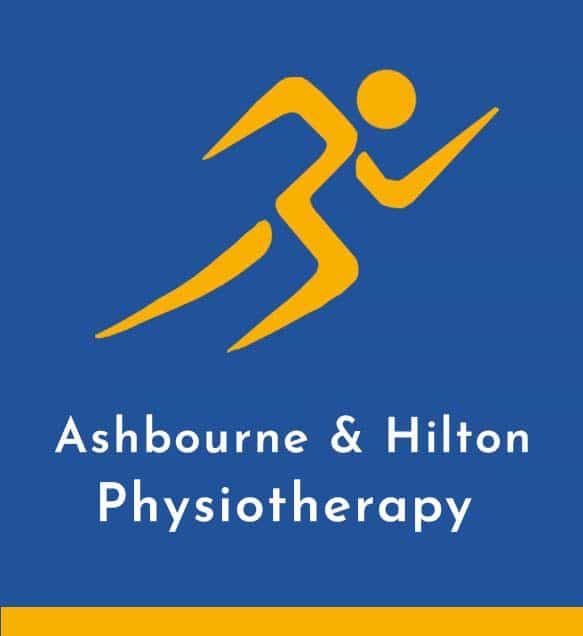Shockwave Therapy at Ashbourne Physiotherapy
A Powerful, Non-Invasive Solution for Chronic Pain and Injury,
Shockwave Therapy (ESWT – Extracorporeal Shockwave Therapy) is a cutting-edge, non-invasive treatment used to accelerate healing in damaged tissues, relieve pain, and stimulate recovery from a range of musculoskeletal conditions. It has also been proven to work well for Men’s Health / erectile dysfunction, read more.
Originally developed over 40 years ago in Germany to treat kidney stones, shockwave therapy is now widely used by physiotherapists and endorsed by NICE (UK National Institute for Health and Care Excellence) for its clinical effectiveness.
What is Shockwave Therapy?
Shockwave Therapy uses acoustic energy waves to trigger the body’s natural healing response. These sound waves interact with tissues to:
• Stimulate cell regeneration and growth
• Increase blood flow
• Break down scar tissue and calcifications
• Relieve pain
• Accelerate tissue repair
It’s important to note: this is not an electric shock – the treatment is completely non-invasive and drug-free.
Two Types of Shockwave Therapy We Use
At our Ashbourne clinic, we offer both technologies:
Radial Shockwave Therapy
- Treats larger, more superficial areas (up to 3cm deep)
- Ideal for: muscle tightness, spasticity, and surface-level injuries
Focused Shockwave Therapy
- Delivers energy deeper into the body (up to 12.5cm)
- Effective for: tendinopathies, bone stress injuries, coccyx pain.
- Also effective for Erectile Dysfunction (ED), more information here.
Conditions We Commonly Treat
Shockwave Therapy is proven to help with:
- Achilles Tendinopathy
- Plantar Fasciitis & Heel Spurs
- Gluteal Tendinopathy (Hip Pain)
- Patellar Tendon Injuries (Knee Pain)
- Iliotibial Band Syndrome
- Tennis & Golfer’s Elbow
- Shin Splints (Medial Tibial Stress Syndrome)
- Delayed or Poor Bone Healing
- Erectile Dysfunction – Specialist treatment available
✅ Research shows best results when combined with physiotherapy and rehabilitation.
What to Expect During Treatment
Following a though Physio assessment, a treatment plan will be discussed with you. Each treatment session lasts 30 minutes, including reassessment and rehab planning.
The shockwave device is applied to the affected area with gel, delivering pulsed waves for 5–10 minutes.
- You may feel some discomfort, but intensity is adjusted for comfort.
- Most patients report a feeling of the treatment “getting to the root of the problem.”
Aftercare and Recovery
It’s common to feel mild soreness after treatment – this is a normal part of the healing process.
You should:
• Avoid anti-inflammatory medications (e.g. Ibuprofen)
• Avoid ice on the treated area
• Limit strenuous activity for 48 hours post-treatment
Rare side effects include redness, bruising, or temporary numbness – these resolve quickly.

Why Choose Us for Shockwave Therapy
- Specialist expertise – Delivered by HCPC-registered physiotherapists trained in focused shockwave therapy.
- Proven effectiveness – Endorsed by NICE (National Institute for Health and Care Excellence, UK) for musculoskeletal conditions.
- Comprehensive care – Combined with physiotherapy and rehabilitation for best results.
- Advanced technology – Offering state of the art focused (deep tissue) shockwave treatments.
- Local and trusted – Serving patients across Ashbourne, Hilton, and Derbyshire and Staffordshire for over 20 years.

How Many Sessions Will I Need?
Larger or long-term problems may need up to 6 sessions.
We’ll often review your progress 2–3 months after treatment to assess outcomes and consider any top-up sessions.
Maximum benefits are usually seen 6–12 weeks after the last session.
Success Rate
Cost
Any treatment involving shockwave will incur an additional £15 charge.
Why Choose Shockwave Therapy?
✅ Alternative to surgery or injections
✅ Fast, effective, and evidence-based
✅ Trusted by elite sports teams and orthopaedic specialists
✅ Available now in Ashbourne
Book an Appointment
📞 Call us on 01335 344952
📧 Email: admin@ashbournephysio.co.uk Or watch this short video to learn more:
👉 What is Shockwave Therapy?
